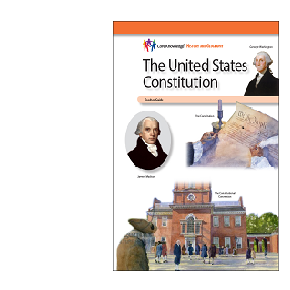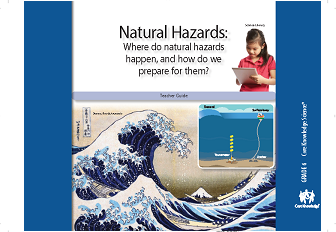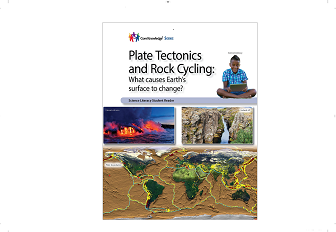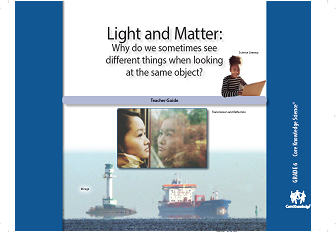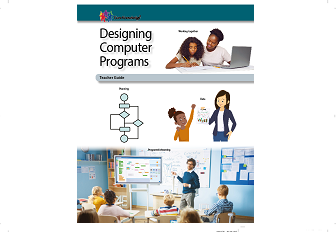About This Lesson
The United States Constitution explores the creation and central ideas of this guiding document of government. Students learn how, after the Revolution, the Founding Fathers, confronted by the shortcomings of the Articles of Confederation, worked to form a new government. Led by the thinking of James Madison and Alexander Hamilton, the delegates at the Constitutional Convention grappled with such critical issues as defining the power of the central government, structuring that government, representing large and small states, balancing power between the central government and the states, and dealing with the divisive issue of slavery. Students learn why the Bill of Rights was added to the Constitution and explore reasons why the Constitution has survived. The material incorporates a rich array of civics-focused knowledge, questions, and activities. In choosing the specific content to call to teachers’ and students’ attention, we have been guided by the civics test developed by the U.S. Citizenship and Immigration Services.
This unit includes a Student Reader, Timeline Image Cards, and Teacher Guide, providing Guided Reading Supports and the following Additional Activities: a Venn diagram comparing state constitutions with the Articles of Confederation; videos about constitutional principles; an activity about the Constitution’s framers; activities about the three branches of government, checks and balances, the Bill of Rights, and the First Amendment; domain vocabulary exercises; and a Unit Assessment.





